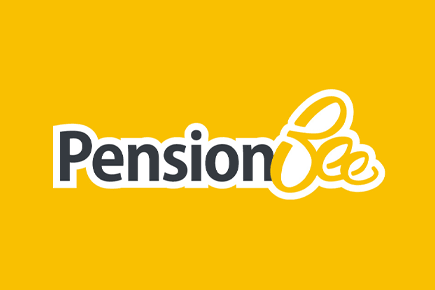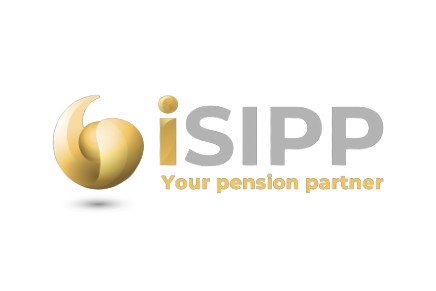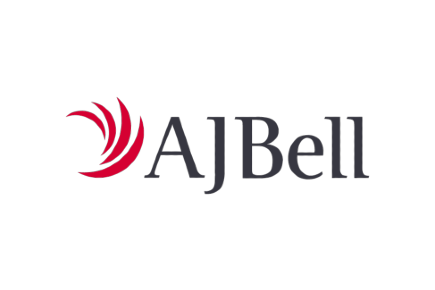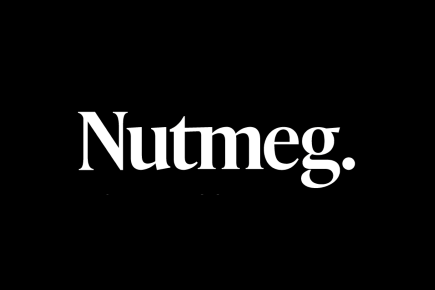Over one in seven workers in the UK are self-employed and over half of those have no provision for a private pension.
If you fall into this category, or, if you do have a private pension pot but are not sure as to how it is performing, then you may want to consider the best possible option for your private pension if you’re self-employed, a company director or contractor.
Here’s my top list of the pensions providers who offer the best service for UK self employed investors.
Best pension providers for self-employed June 2025
Capital at risk.
Capital at risk.
- Best for Contractors
- Investment Options: DIY & Ready-made
- 20 years’ experience as pension administrators
Capital at risk.
- Pensions Options: DIY & Ready-made
- Annual Fee: 0% – 0.25%
- Min. Investment: £1,000 lump-sum. No minimum for regular pension contributions
Remember that investments go up and down in value, and you could lose money as well as make it. How you’re taxed will depend on your circumstances, and the rules can change.
- SIPP costs £12.99 a month
- Free to join and free to leave
- Trading costs: £5.99 for UK shares and ETFs, funds, investment trusts and US shares
Capital at risk.
- Fully managed portfolios
- Annual fee: 0.25% – 0.75%
- Free financial guidance. Financial planning and advice also available for one-off fee of £575
Approved by Nutmeg 11/12/24
As with all investing, your capital is at risk. Tax treatments depend on your individual circumstances and may change in the future. The value of your portfolio with Nutmeg can go down as well as up and you may get back less than you invest. A pension may not be right for everyone and tax rules may change in the future. If you are unsure if a pension is right for you, please seek financial advice.
- Readymade portfolios available
- Invest in 3,000+ funds, shares and ETFs
- Open a new SIPP or transfer your pension
Capital at risk.
- Investment Options: DIY & Ready-made
- Annual Fee: 0.1% – 0.45%
- Min. Investment: £100 lump-sum or £25 a month
Capital at risk.
Capital at risk.
- Free consultation with qualified adviser – to maximise your retirement potential
- Consolidate your pensions into a cost-effective, fully managed and flexible personal pension
- Get the best of tech + an expert team to get the retirement you deserve
Capital at risk.
Your personal pensions are responsible for providing you with a comfortable retirement, and as we continue to live longer, having a substantial pension pot for your retirement is becoming more and more important.
Personal pensions have changed in recent years, affording savers with greater flexibility and a wider range of products and providers to choose from for their retirement income when you come to pension age. Pension providers all have their own unique set of charges and investment options that will ultimately have an impact on your bottom line.
Recent analysis has shown that on average savers can reduce personal pension charges by 81%. This can amount to a saving of £23,000 over 20 years and bad investment choices can end up costing pension savers an average of £13,000 over 20 years. This means that being with the wrong pension provider, and investing with the wrong fund can end up costing you a total of £36,000 in 20 years – a significant amount of money.
What are the advantages of saving into a private pension plan?
There is tax relief available to pension savers. Any pension contributions you make towards your retirement are subject to tax relief of 25%. This means that for every £100 you pay into your pension plans, the government will add an extra £25 tax relief for a basic rate taxpayer. Higher rate taxpayers can claim back an additional £25 tax relief for every £100 they have paid into their pension plan through their annual tax return.
Why it’s important not to rely on the state pension
The state pension is available to anyone who has made national insurance contributions regardless of whether you have saved into personal pension plans. It provides you with an allowance of £175.20 per week, which is a far cry from the recommended amount of £635 to retire comfortably. This is the reason why it is important for the self-employed not to rely on the state pension and are wise to make provision for their own personal pension plans. Also with the state pension, you are not taking advantage of the significant tax reliefs available.
What is the best personal pension for self employed people?
There are various personal pensions available to self-employed people and the pension that is best for you will largely depend on your personal circumstances.
Standard Personal Pension
Most large pensions providers will offer a standard or ordinary personal pension scheme. This type of pension will provide pension savers with a range of funds that cater to various risk appetites. A standard pension will usually incur a fee but this can vary wildly between one pension provider and another.
Stakeholder Pension
A Stakeholder pension is a good option for self-employed people who don’t have a guaranteed income and therefore might benefit from being able to contribute to their pensions sporadically when their income allows. They provide pension savers with full flexibility, allowing you to stop and start pension payments without penalty and set low pensions contribution limits. Stakeholder pensions also have charges which are capped at 1.5%.
SIPPs
A Self Invested Personal Pension (SIPP) gives the pension holder complete control over how their pension plan is invested whilst allowing them to make use of tax reliefs. Whilst this may sound daunting to savers with little to no investment experience, there are many options where you are provided with a ready-made portfolio that can take the guesswork out of investing your pensions. However, with a SIPP, self-employed people are completely responsible for picking their investments and monitoring the performance of their pension fund.
Is NEST Pension Good For Self Employed?
NEST stands for National Employment Savings Trust and is a government initiative to ensure everyone has access to a workplace pension scheme. These provide the same tax benefits with no minimum contributions.
Our top picks for the best personal pension for self-employed
| Provider | Fees Per Annum | Minimum Investment | Good For |
|---|---|---|---|
| Penfold | 0.5% – 0.95% | None | Consolidation service, tailored plans, easy to set up |
| PensionBee | 0.75% reduced to 0.4% for pots over £100k | None | Consolidation service, designed for self-employed, fully flexible. |
| Nutmeg | 0.21% – 0.30% fund management
True as of 23/03/23* |
£500 | 0% portfolio management fees for the first 6 months via our affiliate link. (T&Cs apply) |
| Interactive Investor | £12.99 per month | None | One free trade per month and ready-made funds available |
What to consider when choosing your self-employed private pension provider
The emergence of investment platforms has provided self-employed pension savers with more choice and flexibility than ever before. The market is now flooded with providers who are all eager to have you as their customer. So how do you choose the best possible provider for your unique circumstances? Below are some key factors to consider:
Choice of funds
You must be comfortable with the range of funds available to invest in at the provider you are considering. Self-employed savers with little to no investment experience may be more comfortable with a ready-made portfolio in the absence of an employer to make investment decisions for you.
Fees and Charges
Ensure you are aware of all the fees as these can eat away at any potential gains. Pension charges you need to be aware of, comprise mainly of platform charges and fund charges.
Pension Contributions
The pension you choose should accommodate the amount and frequency you can afford for contributions to pay into a pension. Ascertain whether you will be more comfortable making a regular monthly pension contribution or if contributing a lump sum ad hoc would be better suited to your income. How much you can save into a pension can vary considerably depending on earnings. Remember that whatever your circumstances, your contributions need to stay within the annual allowance. The annual allowance currently stands at £40,000 per tax year.
Do you have existing pensions you need to consolidate?
If you are one of the thousands of self-employed people who have multiple workplace pensions from previous jobs still in existence, then you may want to consider consolidating all your personal pension savings into one provider. This can boost the performance of your workplace pension savings and ultimately lead to a bigger pot. If this is the case you may want to consider transferring to personal pensions for the self-employed such as with a provider like PensionBee who offer a consolidation service, doing all the hard work for you.
Remember it is always prudent to check the safety of the provider you are considering. Providers should at a minimum be authorised and regulated by the Financial Conduct Authority.
Get a FREE Pension Review
Get a free no obligation pension review today from a qualified financial adviser.
Our partner Unbiased will connect you with one of over 27,000 FCA-regulated advisers.










